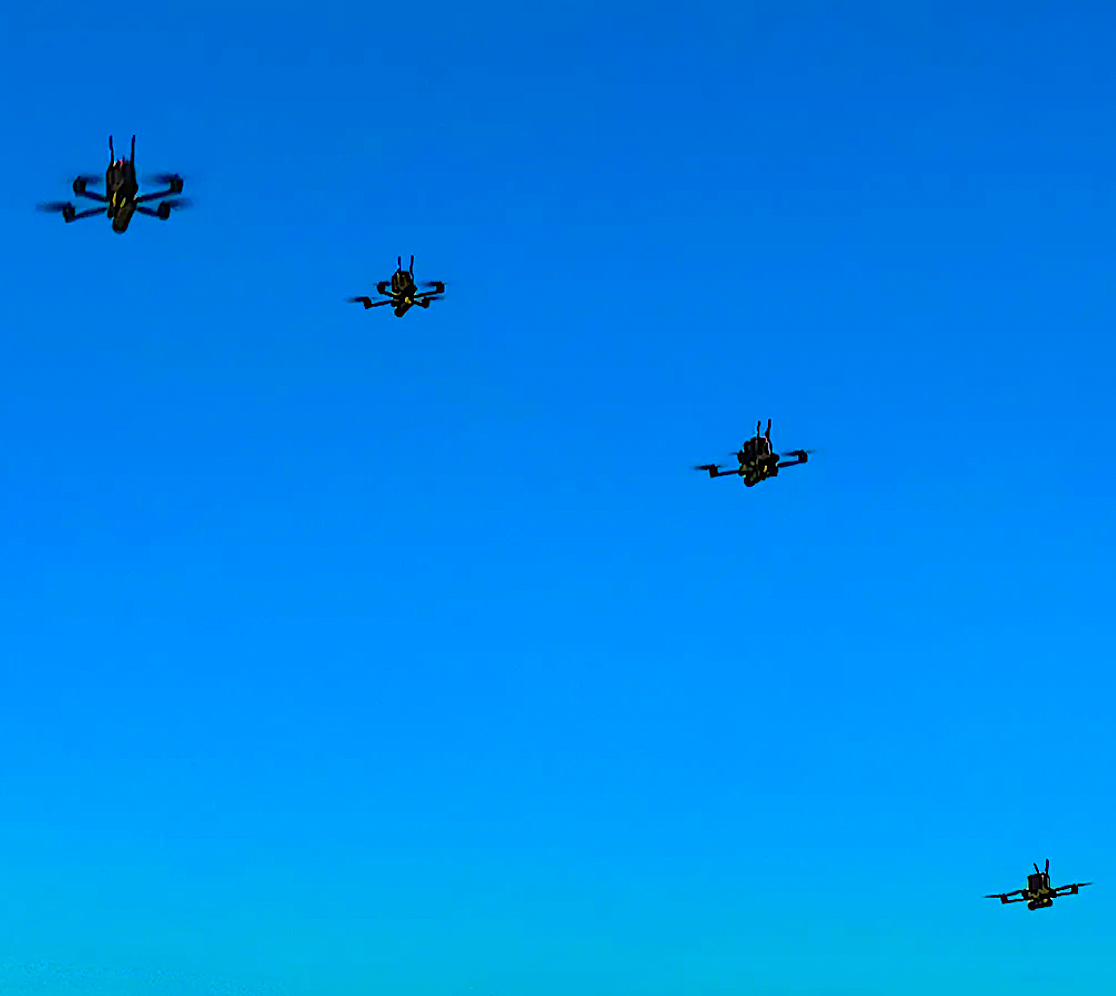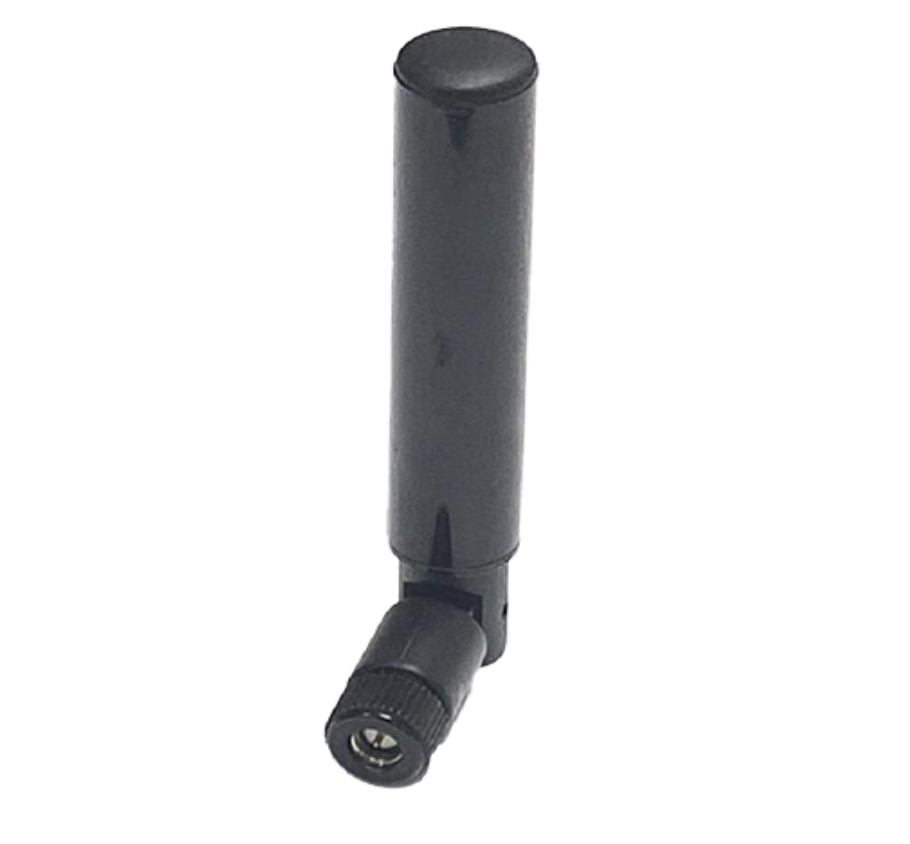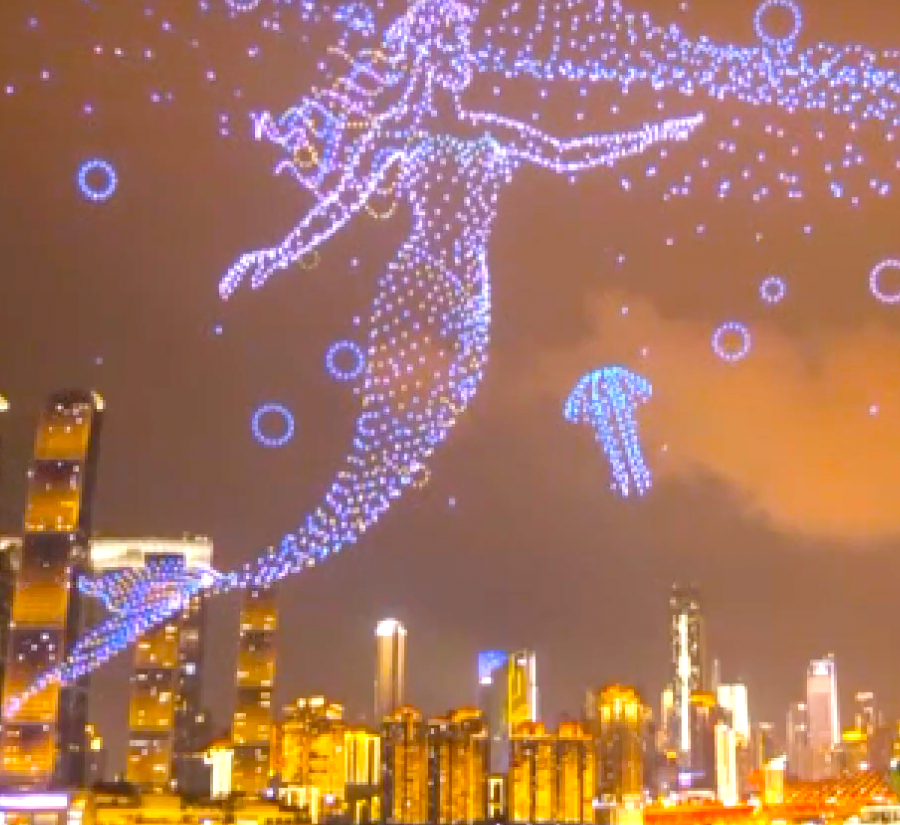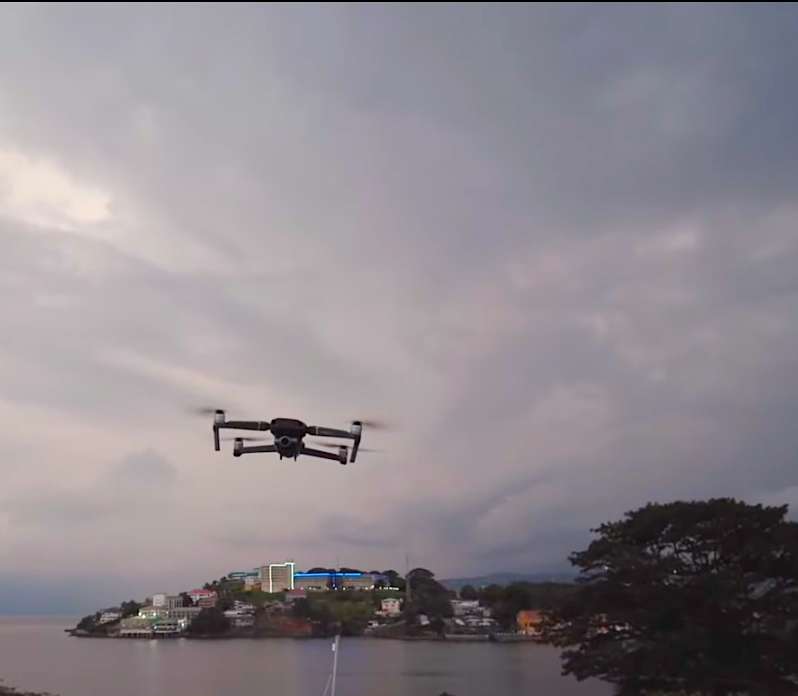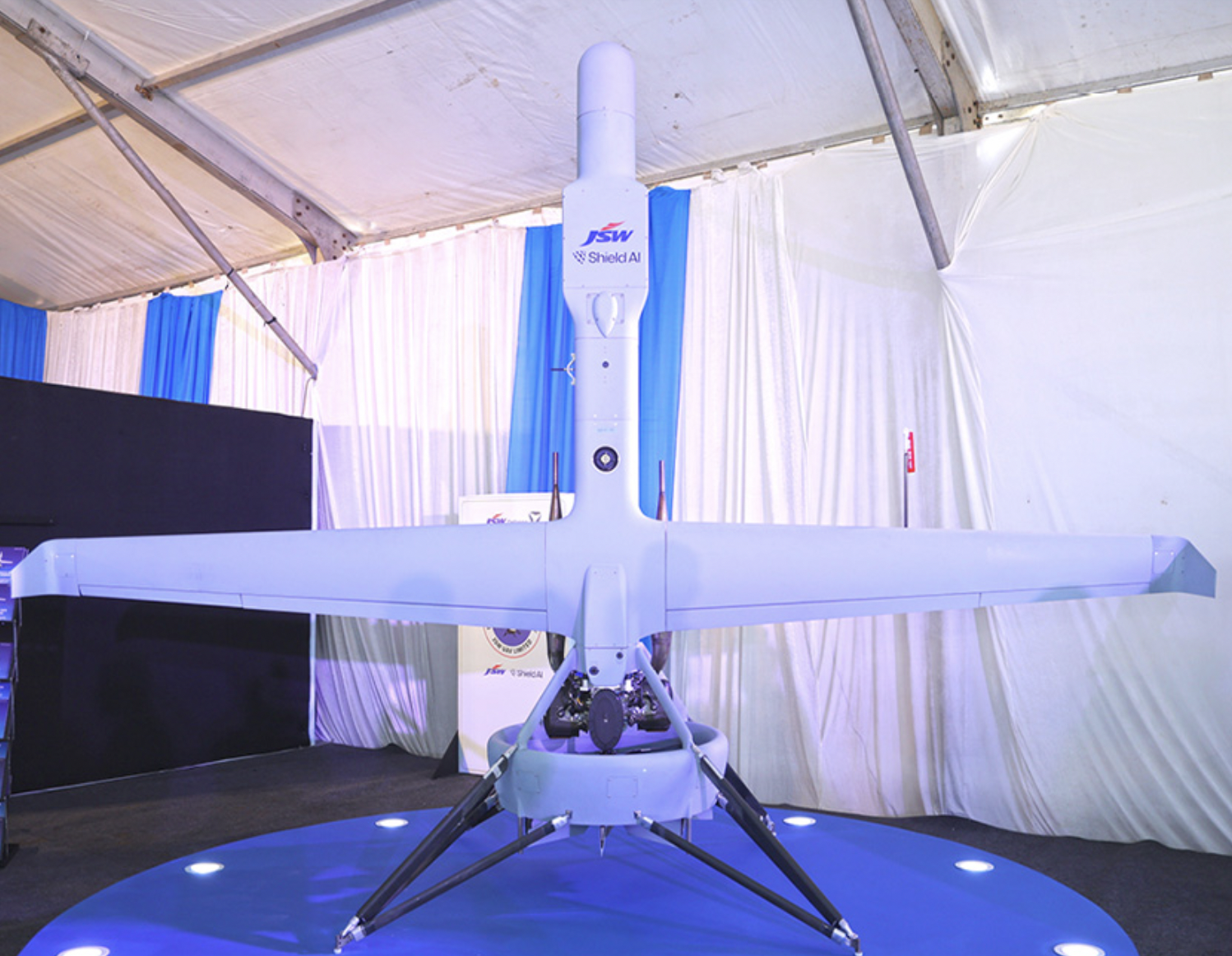Featured NewsTrending NewsBrazzelThe Danger of Ignoring No-Fly Zones When Flying a Drone
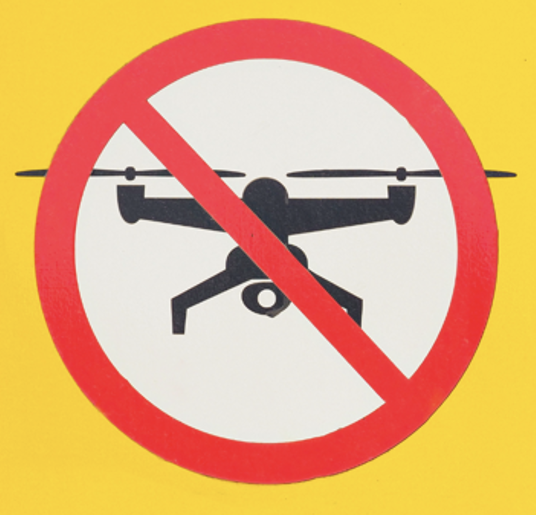
23 January 2023

By Timothy Brazzel
The rise of unmanned aerial vehicles (UAVs) has brought about exciting possibilities for enthusiasts and professionals alike. I will never forget, the emotions I had, and the joy that I received when I purchased my first drone, the (DJI Mavic Pro) My first flight was nerve-racking yet exciting at the same time! Over time, drones, or small Unmanned Aerial Vehicles (sUAVs) have become increasingly popular for various applications, from recreational photography to professional videography. Every now and then, we may hear of an incident involving a drone pilot, who was flying in a prohibited area of airspace without proper ATC authorization, permits, or waivers, possibly causing damage to an infrastructure or a body of people. This can create problems for the rest of the drone community who due their due diligence to abide by the proper rules and regulations.
However, with this surge in drone usage, it's crucial to address a topic often overlooked—the danger of ignoring no-fly zones.
In this blog, we will go through 7 key important sections related to no fly-zones and how we are impacted by them, what they are, as well as the purpose behind them. The goal is to educate new enthusiast who are entering into the drone space, in order to hopefully cultivate a better understanding of drone safety and integrity. After that we will then look into 10 more key sections related to (Safeguarding critical infrastructure and ensuring airspace safety when flying drones), and why this is important to understand.
Let’s begin!
Section 1: Understanding No-Fly Zones

No-fly zones are designated areas where drone flights are restricted or prohibited due to safety and security concerns. These areas typically include airports, military installations, government buildings, and other sensitive locations. Ignoring these restrictions poses serious risks to both the drone operator and the public.
Section 2: Legal Implications of Ignoring No-Fly Zones
One of the primary reasons for respecting no-fly zones is the legal consequences associated with violations. Drone operators are required to follow regulations set by aviation authorities, and breaching no-fly zones can result in severe penalties, including fines and legal actions. Understanding the legal framework is crucial for responsible drone ownership.
Section 3: Airspace Safety and Collision Risks
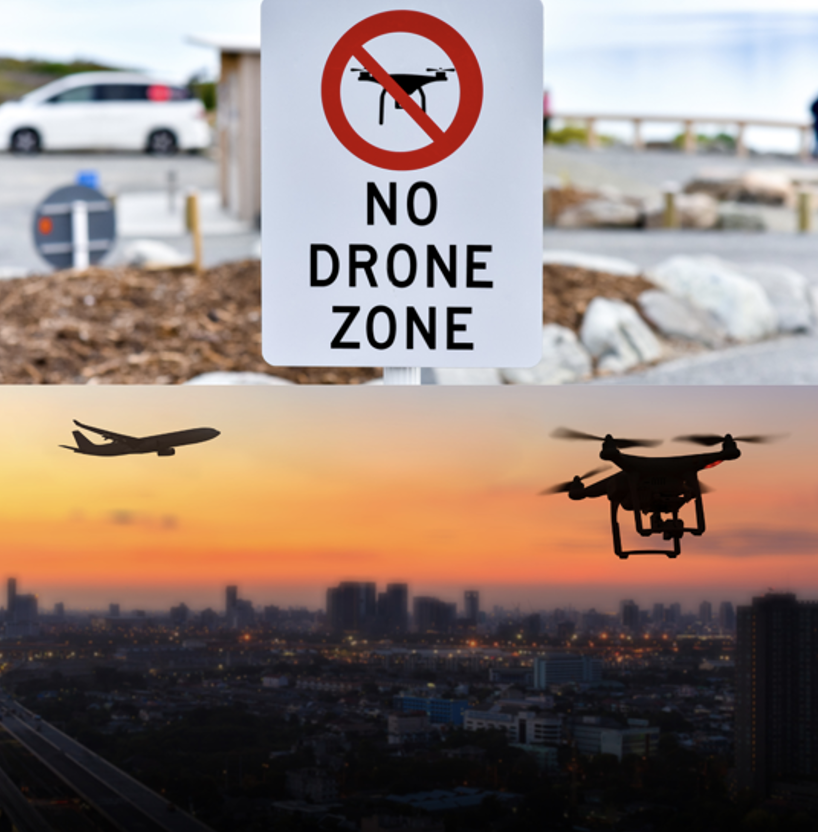
No-fly zones are established to safeguard airspace and prevent collisions between drones and manned aircraft. Ignoring these restrictions increases the risk of accidents, potentially leading to catastrophic consequences. Explore real-life incidents where drone operators disregarded no-fly zones, resulting in near-miss situations or collisions.
Section 4: Protecting Critical Infrastructure
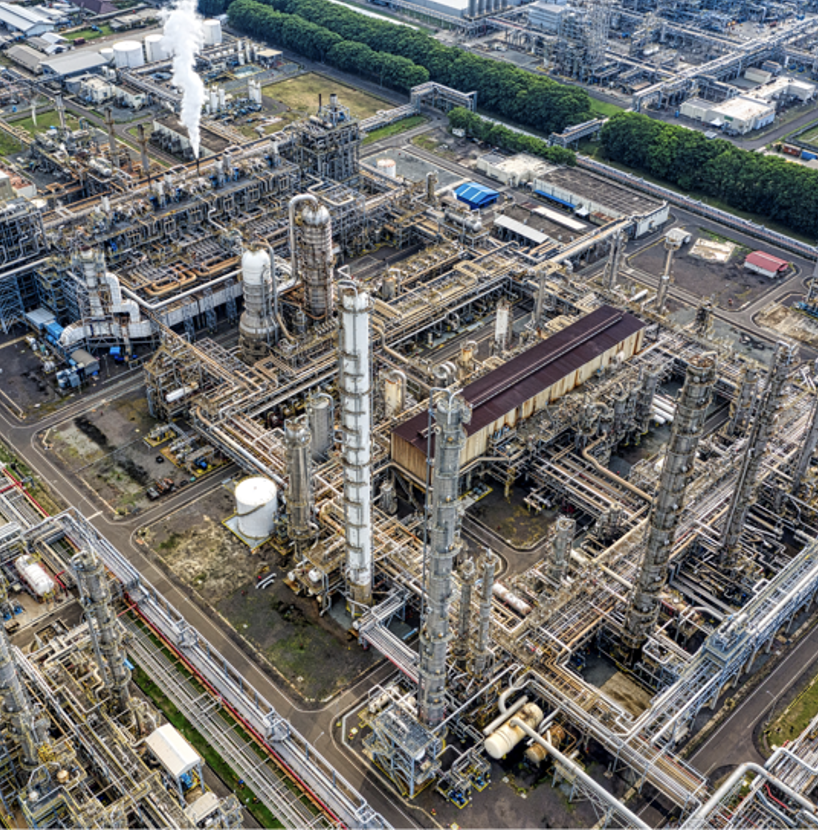
Certain no-fly zones are designated to protect critical infrastructure such as power plants, communication towers, and government facilities. Discuss the potential consequences of a drone interfering with these facilities, emphasizing the importance of respecting no-fly zones for national security and public safety.
Section 5: Privacy Concerns in Restricted Areas
Incorporate the aspect of privacy, highlighting how flying drones in no-fly zones can infringe on individuals' privacy. Discuss cases where drones captured sensitive information or images in restricted areas, emphasizing the need for responsible drone operation to avoid violating privacy rights.
Section 6: Technological Solutions for No-Fly Zone Compliance
Explore technological advancements that help drone operators adhere to no-fly zone restrictions. Discuss features such as geofencing, which uses GPS coordinates to prevent drones from entering prohibited areas. Highlight the role of technology in promoting responsible drone usage and mitigating the risks associated with no-fly zone violations.
Section 7: Public Perception and Acceptance
Examine the impact of drone incidents in no-fly zones on public perception. Discuss how irresponsible drone operations can lead to negative sentiments and increased regulations, affecting the broader drone community. Emphasize the importance of responsible behavior to maintain public trust and acceptance.
Safeguarding Critical Infrastructure
Ensuring airspace safety when flying drones are of paramount importance for several reasons:
National Security

• Critical infrastructure, such as power plants, communication towers, and government facilities, plays a vital role in a nation's functioning.
• Protecting these assets from potential threats, including unauthorized drone activity, is crucial for national security.
Preventing Accidents and Collisions
• Ensuring airspace safety helps prevent accidents and collisions between drones and manned aircraft.
• Accidents in the air can lead to catastrophic consequences, posing risks to lives and property.
Maintaining Public Safety
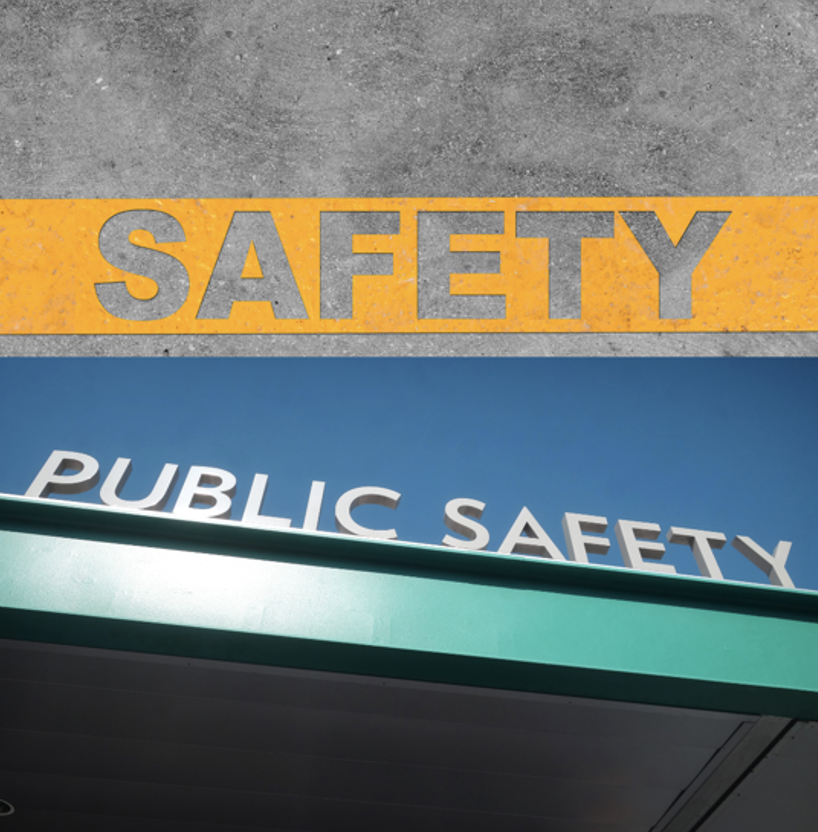
• Safeguarding critical infrastructure and ensuring airspace safety contribute to public safety.
• A malfunctioning or rogue drone in proximity to critical facilities or crowded areas could pose serious threats to people on the ground.
Preserving Privacy
• No-fly zones often include areas where privacy concerns are significant, such as residential neighborhoods and private properties.
• Ensuring compliance with no-fly zones helps protect individuals' privacy rights from potential drone intrusions.
Preventing Terrorism and Unauthorized Surveillance
• Drones can be exploited for malicious purposes, including acts of terrorism or unauthorized surveillance.
• Implementing no-fly zones around sensitive installations helps mitigate the risk of drones being used for nefarious activities.
Avoiding Disruption to Critical Services
• Disruption to critical infrastructure, even if unintentional, can result in the interruption of essential services.
• Protecting these facilities from interference by drones helps maintain the seamless operation of services that communities rely on.
Legal Compliance and Regulatory Adherence
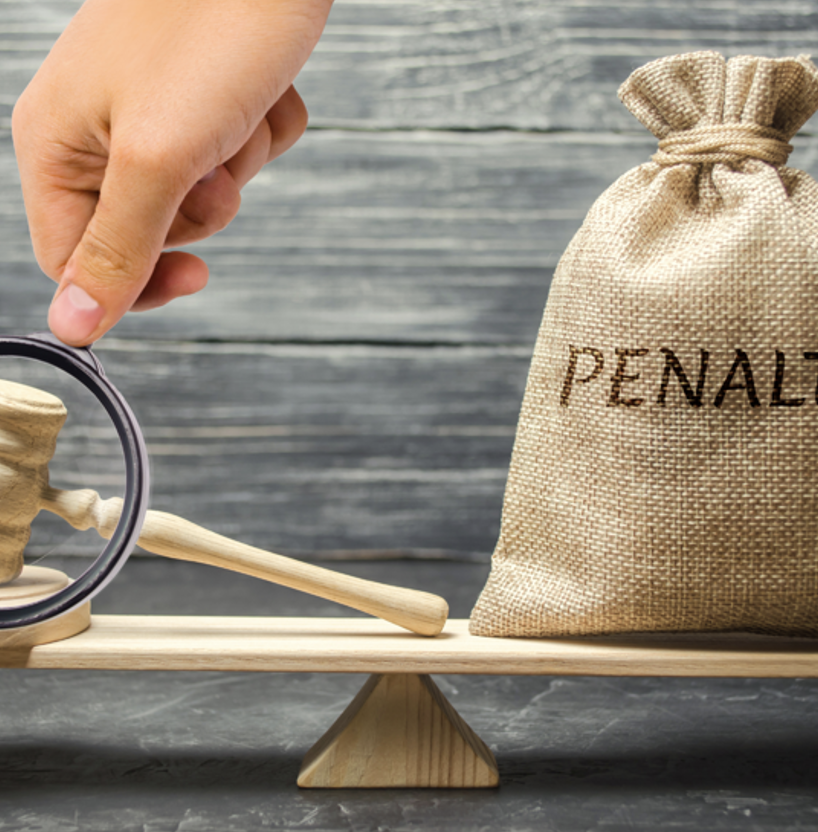
• Adhering to no-fly zones ensures legal compliance with aviation regulations and local laws.
• Drone operators must respect these restrictions to avoid legal consequences, including fines and legal actions.
Preserving Air Traffic Control Systems
• No-fly zones help preserve the integrity of air traffic control systems by preventing interference from drones in controlled airspace.
• This ensures the safe and efficient management of manned aircraft movements.
Maintaining Public Trust in Drone Technology
• Irresponsible drone activities, especially near critical infrastructure, can erode public trust in the technology.
• Demonstrating responsible drone operation and adherence to regulations helps build and maintain positive perceptions of drones.
Promoting Sustainable Growth of the Drone Industry
• Ensuring safety and security in drone operations fosters an environment conducive to the continued growth of the drone industry.
• Responsible drone use encourages regulatory bodies to support and facilitate the integration of drones into various sectors.
Conclusion
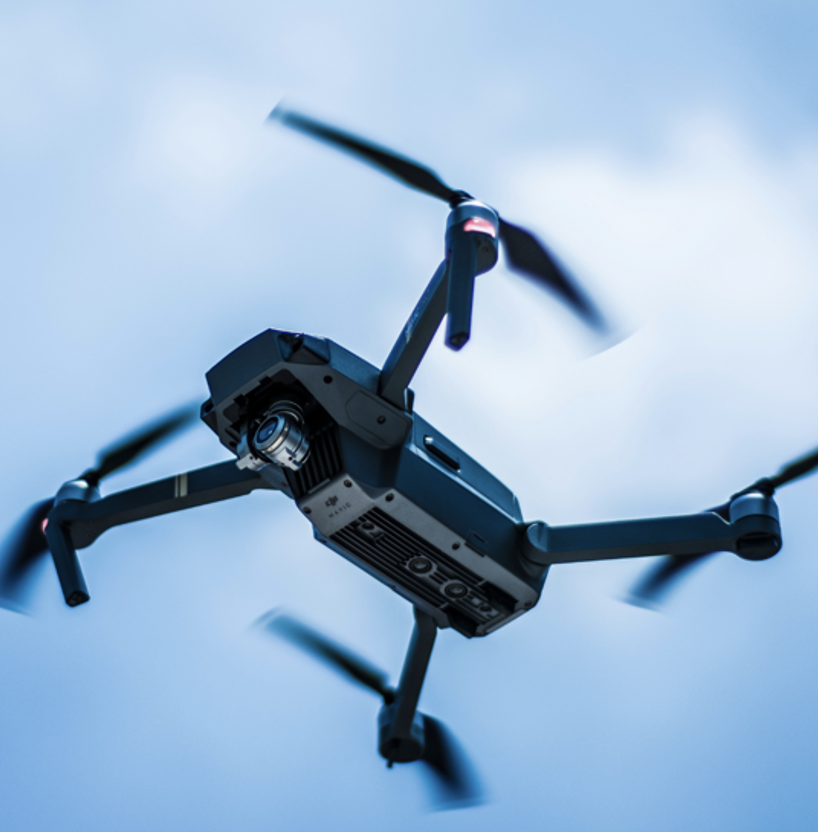
In conclusion, the danger of ignoring no-fly zones when flying a drone extends beyond legal consequences. It encompasses potential threats to airspace safety, privacy violations, and negative implications for the entire drone community. As drone technology continues to evolve, it is imperative for operators to prioritize responsible flying, respect no-fly zones, and contribute to the overall safety and positive image of the drone industry. Ignoring no-fly zones is not only a legal issue but a responsibility that every drone operator must uphold for the well-being of society and the continued growth of the drone ecosystem. Safeguarding critical infrastructure and ensuring airspace safety when flying drones are essential for national security, public safety, privacy protection, legal compliance, and the sustainable growth of the drone industry. It requires a collective effort from drone operators, regulatory bodies, and the public to maintain a balance between the benefits of drone technology and the safety and security of society. I invite all drone pilots to adopt this way of thinking, in order to build a strong community of responsible pilots whether you’re a hobbyist who flies for recreational purposes only, or whether you’re a commercial pilot who uses their drone(s) for promotional purposed or to make a profit. I believe together we can change the narrative of how many non-enthusiasts view the use of sUAV’s.
Learn More
